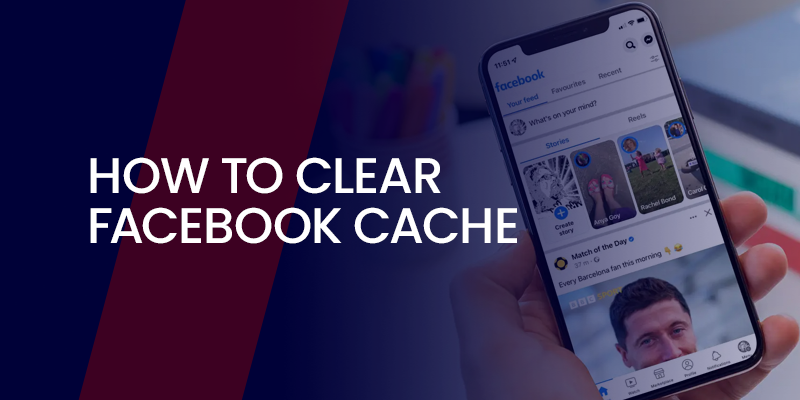We’re buried in the new world of digitalization, and with that said, almost everyone around you has managed to download and install a large number of apps over time. It could be apps for online dating, apps for online security, or even apps for workout videos. However, not all apps are reliable, nor are safe – most of them are fake. This guide will show you the best way on how to spot fake apps, even though it’s not an easy task.
What are fake apps?
If you look up a particular app, say for editing pictures, you will find numerous results on Google Play and the Apple App Stores. The results are endless, but you usually settle for one that has the most reviews or one that is free to download.
However, the sad reality of it is that even though some apps offer countless reviews, you should know that not all of them are authentic. They’re mostly what you’d call paid reviews.
When you get your hands on the wrong apps, it can easily weasel its way into your device and steal your information, make alterations to your device, install malware or spyware, or monitor your activity.
Kinds of atrocities fake apps enforce on your device
As mentioned above, there are a number of issues that come with installing a fake or imposter app. Here are a few examples:
- They look or mimic genuine apps, and are designed to look like a carbon copy of the original. Downloading them can infect your device with malware and other kinds of threats. There was even an incident where an American citizen lost a lifetime of earnings because he downloaded an app that looked like Trezor – an online wallet.
- Some apps are infected and flooded with malicious advertisements. They come in the form of pornography, hate speech, crime, and other kinds of expiclit content. The intent is to redirect you to websites that are harmful, or to steal money or data.
- Slowly but gradually infect your devices with all sorts of trojans or viruses.
How many kinds of fake apps are there?
Many! However, here are a few kinds or types of fake apps that will keep you informed:
-
Phishing
Apps that come with phishing scams can easily ask for you to enter all sorts of personal details like address, account details, and other kinds of personal information.
-
Cloned apps
As mentioned above, there are countless apps that are designed to look exactly like the original. The intention is to confuse the user and manipulate them into accessing and filling in certain kinds of information, or flood the user’s device with malware.
-
Apps with ad-bots
Ads are the worst! And there are apps that you might find authentic but in turn flood your screen with loads of ads. It’s nothing like ads that you might find on the official YouTube app, but quite different in motive. These ads redirect you to malicious websites or sites that promote adult content. The ads themselves could also come with trackers, monitoring or spying on what you do on your phone – you’d be surprised.
-
Ransomware apps
Another worst kind of fake app is the one that holds your device and content on it at ransom. Hackers often steal your data through app placement, and either lock your phone up or keep your data hostage until you pay a certain amount.
-
Downloaders
These kinds of apps download other software or apps onto your device without you knowing about it. This will cause little to large ruckage, when the app downloads malicious material on your device.
These are only a few of the many kinds of fake apps that need to be made aware of and talked about. However, even though there is a huge influx of fake apps available nowadays, there’s always something or the other that you can do about it. Take a look at a few tips below, on how to spot fake apps.
How to spot fake apps
As mentioned above, there are many apps that are fake on the Play or App Store, but not all of them are difficult to spot. Below, I’ve highlighted some tips on how you can spot fake apps:
-
Check the logo or icon
Most apps that try to impersonate other apps, often have similar design, but are consistently of either lower quality in logo/icon format. Make sure you scrutinize everything about it. It might seem like a lot of work, but the outcome is desirable.
-
Be aware of what the app permissions are
Now, when you download and install an app, there’s always this pop-up message asking you to let the app score access to certain folders or files. Now, if you’re downloading a selfie camera app that only takes pictures and no videos, check to see if the permissions are centered around it. The app should not ask for access to your contacts, audio and video. The only thing that should be allowed is access to your camera and album.
-
Check developer name and other manufacturing information
A fake app won’t tag or bring into light an authentic developer on its service. Make sure you read through all the specs first, take your time with it, and check to see if all information adds up to what app you’re looking for.
-
Look for small identifiers
Just because an app is a clone of the original version, does not mean that flaws in it are undetectable. Look for small flaws like spelling errors, formatting, and other minute details that you might have missed out on.
For starters, let’s say the name of an original app is “BIO” with a capital (i) and you accidentally download a fake app called “BLO” who tricked users by using a lower case (L) instead or an upper case (i). The app can even have the same user-interface or design, but managed to trick its users into downloading it.
-
Go through the review and keep watch over negative ratings
I mentioned above that even though most reviews are fake on most apps on the Store, does not mean all are not reliable. Go through the reviews and most certainly check the ratings. Make sure you don’t leave out the negative ratings and natural comments.
-
Check to see how many downloads the app has
Reviews can be alot under an app, but check to see how many downloads there are. If the app is original, safe and even popular, it should have a large amount of downloads.
Tips on how to protect yourself against a fake app
Now that you know how to spot a fake app, here are few ways on how you can protect yourself from them:
-
Don’t click on weird links or reply to messages asking personal info
Even if you download an app, most specifically one that runs on phishing attempts, never click on any link, even if they ask you to update the app to a new version etc. There are times when users often get messages and emails asking them to click on links and pay a certain amount towards it. Never give out your bank details.
-
Download your apps from official stores
This is for those who download streaming or torrenting apps, or security software, or similar. Make sure you go through the official pages and download them. If there are certain apps that aren’t available through official stores due to regional restrictions, you could always use a reliable VPN software. Speaking of VPNs, check the next tip.
-
Use a VPN
A VPN offers multiple benefits. Firstly, when you connect to one, you can easily change your IP address and access unlimited content, some of which include the best original apps from their respective stores. It further blocks malware and ads. But again, it highly depends on the VPN you choose. There are only a few VPNs nowadays that are worth looking into, like Surfshark, NordVPN, ExpressVPN, PureVPN, and CyberGhost.
-
Run regular updates on old software
I know I’ve mentioned above that updating a software is not always the best idea. However, if you’ve already had an app downloaded, make sure you run some updates through it. This gives you a chance to detect any malware or infected versions. Use an antivirus checker too. Older versions of apps are often susceptible to cyberattacks.
-
Delete and report the app
If you spot a fake app by chance, using the guide above, make sure you report and delete the app. Don’t just leave it untouched; it can help keep others from making the same mistakes. Flag it so that Google takes the appropriate steps needed to remove fake apps.
-
Use two-factor authentication
This is for those users who use banking apps or any app that is linked to your bank account details or credit cards. Make sure you enable or use the two-factor authentication option, so that if anyone tries to hack into your details or account, you will immediately get notified.
To conclude
And that’s a wrap! We’ve gone through steps on how to spot fake apps, tips on how to stay safe against them, kinds of fake apps, and the kinds of issues they create on your device. Now, all that’s left to do is stick to the binding principles before jumping in too quick and downloading and installing apps on your device.







